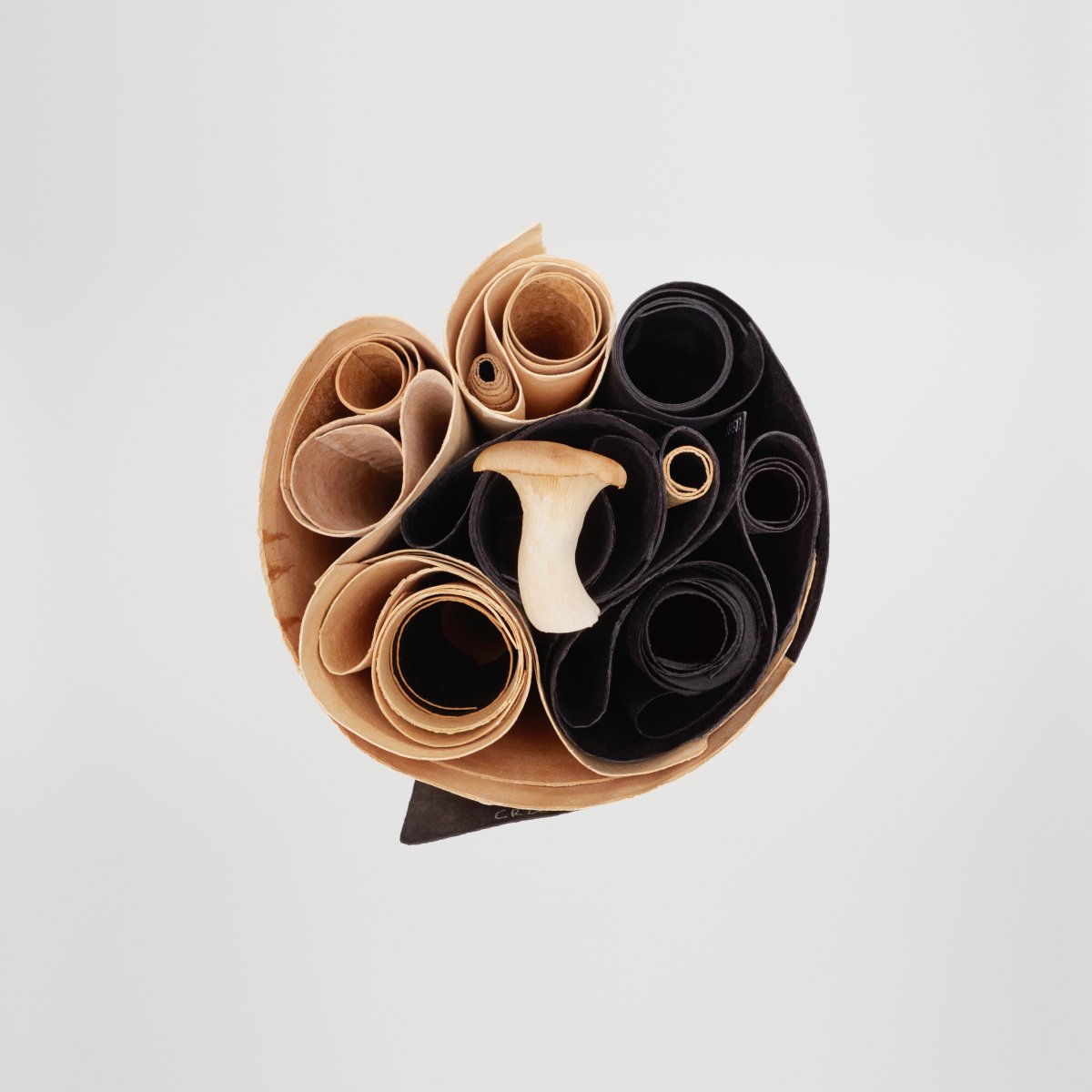[vc_row][vc_column][vc_column_text]Mushroom leather. Cactus leather. Pineapple leather. Plant and fungi-based alternatives to animal leather are getting plenty of buzz these days, making appearances at fashion week and landing on store shelves as part of limited-edition capsules.
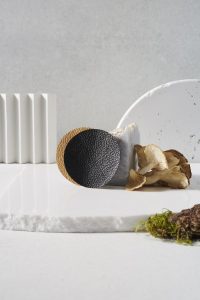

There is rising consumer demand for more sustainable leather alternatives, although currently PU leather or polyurethane leather still dominates the market, says Jennifer Green, an assistant professor in Textiles/Fashion at NSCAD University. “PU leather is not the best option because of the ecological impact of polyurethane. All the vegan leather we’ve made, it’s still on the planet today because it doesn’t break down,” says Green.
Newer and greener options introduced in recent years include recycled leather made from leather scraps, bio-based leathers that are made using diverted agricultural waste, and leather made from fungi. “Bio leathers promise an alternative to leather produced within the leather supply chain. They’re primarily made with organic or plant-based compounds,” says Green. “All of these options really try to mimic leather in that they’re non-woven sheets of material that have a certain level of durability, and could be used in applications where leather could be used.”
It’s important to note, however, that even bio-based leather alternatives are still made with a polyurethane base right now. Generally speaking, they are not yet fully biodegradable and fully compostable materials, although it’s a shortcoming that manufacturers are working to address. “There’s a spectrum of biodegradability,” notes Green.
Still, bio-leather products are considered more sustainable than PU leather because they can divert waste from landfills, and be dyed with safer dyes, says Green. “A lot of these leathers don’t require aniline dyes or chrome tanning, which immediately creates safer working conditions for the people manufacturing these products,” she says.
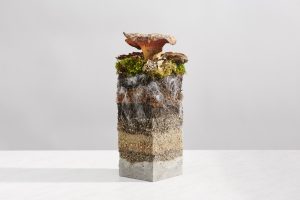

For these reasons, they have caught the interest of brands and consumers alike. According to a recent article in Sourcing Journal, the American research firm LuxResearch predicts that sales of bio-based leather could reach USD $1 billion by 2025, assuming that consumer interest and technological advances remain in pace.
RELATED: Why Ecologyst Co-founder Rene Gauthier Says Being “Sustainable” Is Not Enough Anymore
Poised to take the lead in this growing market? Mushroom-based leather products, specifically Bolt Threads’ Mylo leather and MycoWorks’ Reishi material. The companies—both headquartered in Emeryville, California—offer innovative, industry-leading fungi-based leathers developed from mycelium, which is the underground mass of fine threads, called hyphae, that mushrooms grow from.
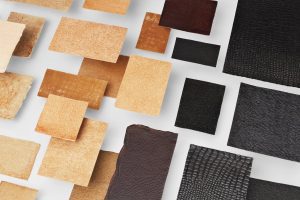

Reishi is produced using MycoWorks’ patented Fine Mycelium process, which allows for customization of features such as thickness and weight, and dyed and finished in Spain by a partner tannery using a chrome-free process. To make Mylo, Bolt Threads grows mycelium—using sawdust and organic material—at a facility in the Netherlands, and then the mats are tanned and treated in Germany to add texture and performance qualities.
Compared to many PU leathers, mushroom leather is a more breathable material, says Green. It’s also lightweight and insulating. “There are some unique properties that each leather alternative has that could allow a textile designer or a fashion designer to apply it to different end uses,” says Green. “That’s something that I hope we hear more about as they become more commercialized.”
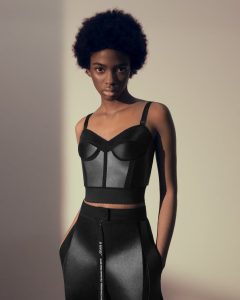

That time will come soon. These groundbreaking leathers are generating plenty of headlines and inspiring glamourous fashion collaborations. Mycoworks boasts A-listers like Natalie Portman and John Legend among its Series B investors; the company also introduced a collaboration with Hermès last March featuring a new material, Sylvania, that is made with its Fine Mycelium technology.
Bolt Threads partnered with Stella McCartney, Adidas, Kering, and Lululemon in 2020 to create a “Mylo consortium;” these global brands are experimenting with the material, and taking steps to bring it to market. From that partnership, Adidas revealed a proof-of-concept Stan Smith Mylo in April 2021, and Lululemon debuted a concept yoga mat and two bags a few months later. The bags, made with mushroom leather handles and zipper pulls, are expected to be available at retail in 2022.
“Sustainable innovation will continue to play a key role in the future of retail and product, and for us, leveraging a material like Mylo demonstrates our commitment to creating a healthier environment through lower-impact products, while also giving us the ability to reimagine iconic pieces in our line through a sustainability lens,” Sun Choe, Chief Product Officer at Lululemon, said in a statement.
Mushroom leather also made its runway debut recently, when British designer Stella McCartney showcased the Frayme Mylo handbag at Paris Fashion Week in October 2021. “For my Summer 2022 collection, I was so inspired by fungi and their incredible potential for saving our planet—and the Frayme Mylo embodies that hope for the future,” Stella McCartney said in a statement.


Next up for these fungi-based leathers? Ramped up production and, eventually, products becoming available at retail. Bolt Threads, for one, has plans for a new Netherlands production facility that could produce a million square feet of Mylo a year.
Soon enough, we may all be wearing shoes and handbags made from mushrooms.
[/vc_column_text][/vc_column][/vc_row]


